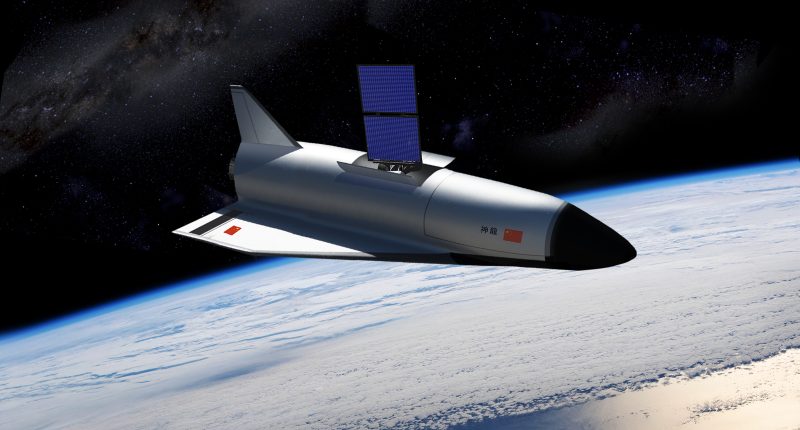CHINA’S reusable space plane has soared into the sky once more this week.
The plane blasted off on Thursday via a Long March 2F rocket, making it the third launch for the spacecraft.
Lift-off happened from the Jiuquan Satellite Launch Center, situated in Jiuquan in the northwestern Gansu province.
This latest launch came just seven months after the plane’s last lift-off, suggesting that China is ramping up its mission timeline.
Moreover, China’s launch happened just hours after SpaceX’s liftoff of the US Space Force’s X-37B spaceplane was abruptly halted.
General Chance Saltzman, US Space Force’s Chief of Space Operations, said earlier this week that SpaceX’s and China’s lift-off timing was a coincidence.
“Because it is a capability; the ability to put something in orbit, do some things, and bring it home and take a look at the results is powerful,” Saltzman said, per Air and Space Forces Magazine.
“And so these are two of the most watched objects in orbit while they’re in orbit,” he added.
“It’s probably no coincidence that they’re trying to match us in timing and sequence of this.”
Like the X-37B, China’s ‘Divine Dragon’ spaceship is also shrouded in mystery.
Most read in News Tech
Though, it appears the spacecraft is testing Chinese payloads and orbital operations.
Air reports stated that the test spacecraft will “operate in orbit for a period of time,” per Space News.
“During this period, reusable technology verification and space science experiments will be carried out as planned to provide technical support for the peaceful use of space,” one report read, according to Google translation.
Previous missions have included setting up satellites in low-Earth orbit and potential scientific experiments.
China’s spacecraft has also performed numerous small and larger orbital maneuvers.
THE RACE TO SPACE
China has long been vocal about its ambitions to dominate the space race – in particular, the nation has been eyeing the Moon and Mars.
The country hopes to land astronauts on the Moon by the year 2030, and then establish its lunar presence.
With regards to Mars, China is aiming to bring back samples from the Red Planet.
This is a feat that both Nasa and the European Space Agency (ESA) hope to achieve.









